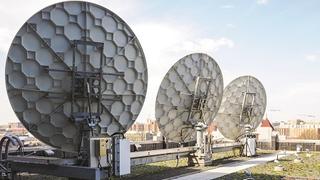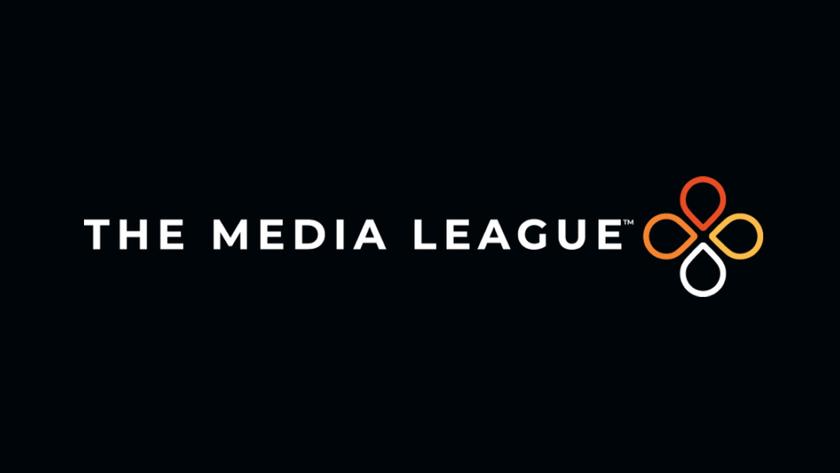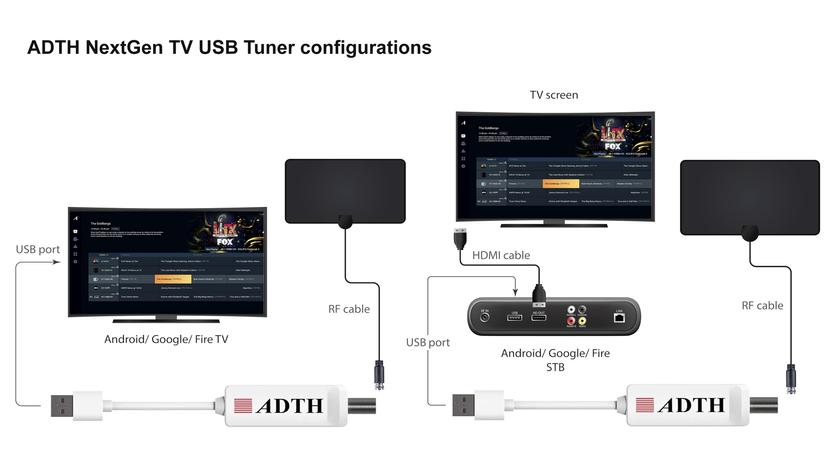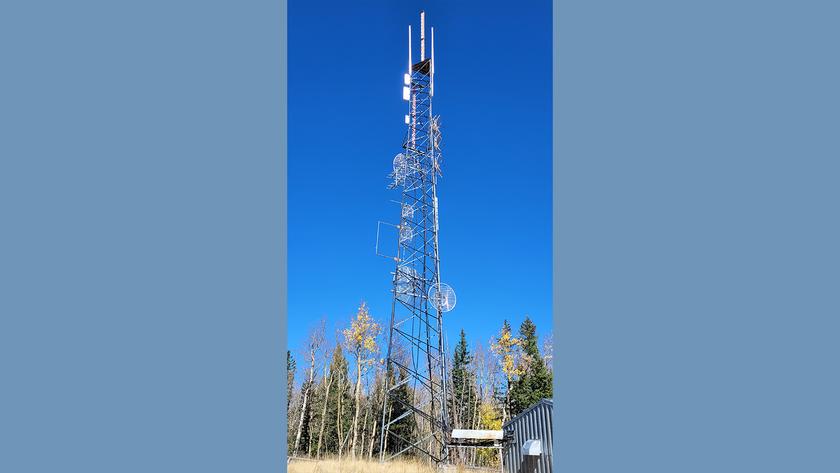CBA Revises Its Proposal to the FCC, Congress Says It Is Getting Involved
WASHINGTON—Seeing the handwriting on the wall, the C-Band Alliance reworked plans for splitting the coveted mid-band spectrum by offering 300 MHz of bandwidth to the cellular industry for 5G expansion into U.S. markets.

Meanwhile on Capitol Hill, a new bill was introduced late last week that would force the FCC to conduct a public C-band auction in the major markets, with profits earmarked for rural broadband expansion, and not satellite operators.
The proposed bill muddies the waters, since the C-Band Alliance was feeling fairly confident that, by reorganizing the mid-band spectrum one more time, they could deliver a solution that works for satellite operators and broadband.
Previously the CBA had offered 200 MHz to 5G, but the FCC has made it well known that more spectrum for 5G was required. The increase includes a 20 MHz guard band, leaving 5G with 280 MHz of usable space.
HOW WOULD THE PROPOSED CBA SPLIT WORK?
I know what you’re thinking: How can a mere 200 MHz for C-band’s incumbent users now be adequate, when earlier this year CBA’s “line in the sand” was 200 MHz for 5G/300 MHz for C-band users? According to the CBA, it’s a perfect storm scenario which includes:
- Migrating more non-CONUS clients to lower frequencies;
- A number of customers choosing not to renew their space segment contracts (the CBA noted the natural migration of customers to SD multiplexes, terrestrial, etc.);
- Efficiency gains at the uplink level via encoders and modulators.
WHY CONGRESS AND WHY NOW?
Get the TV Tech Newsletter
The professional video industry's #1 source for news, trends and product and tech information. Sign up below.
Don’t doubt for a second that broadband (and their lobbyists) have been quite active on Capitol Hill.
This being said, at least a few members are concerned that their “vision” of a 5G America may be stymied by the FCC. In a joint statement, Rep. Frank Pallone Jr. (D-N.J.), Energy & Commerce Committee chairman, and Rep. Mike Doyle (D-Pa.), chairman of the Communications & Technology Subcommittee, stated they believe legislation may be the only way to “reduce uncertainty and benefit Americans.’’
In a nutshell, the Clearing Broad Airwaves for New Deployment (C-BAND) Act:
- Requires the FCC to hold a public auction of C-band spectrum;
- Allow for no less than 200 megahertz and no more than 300 megahertz of C-band spectrum [with 20 MHz set aside for guard bands];
- Ensures that incumbent C-band users will be protected by mandating that they get as good or better service than before.
Of course, this eleventh hour grandstanding is concerning to satellite operators. If this bill passes, who picks up the tab for the new filters, repoints and—in some cases—antennas that broadcasters will need to operate with 5G sharing the spectrum? Who will finance the launch of several new satellites?
All of these expenses would be covered under the C-Band Alliance proposal, but are not even addressed by the proposed bill.
DUSTING OFF THE CRYSTAL BALL
Will the FCC accept the CBA proposal? We’d like to answer with a definitive “yes,” but with legislation pending, who really knows?
But what we do know is that the clock is ticking. The mid-band issue has been in limbo for two years, and both C-band operators and 5G advocates are hoping for a decision, and soon. If the bill fails to pass, all indications point to the FCC making their decision in December.
We believe the CBA will be a part of the transition in some fashion, since the alliance has been very vocal in their intent to implement the safe and efficient clearing and repurposing of C-band spectrum. It only makes sense that you should have the owner/operators of the orbital antennas involved, right?
Let’s hope the FCC commissioners agree.










